Antonio Vivaldi stands as a prominent composer of the Baroque era. Born in Venice, Italy, in 1678, he became one of the most influential figures in Western classical music. Known for his energetic and vivid compositions, Vivaldi left a lasting legacy. His most famous work, “The Four Seasons,” features a set of violin concertos that vividly depict the changing seasons. This article explores Vivaldi’s life, his most significant works, and how his music continues to inspire people today.
Early Life and Education
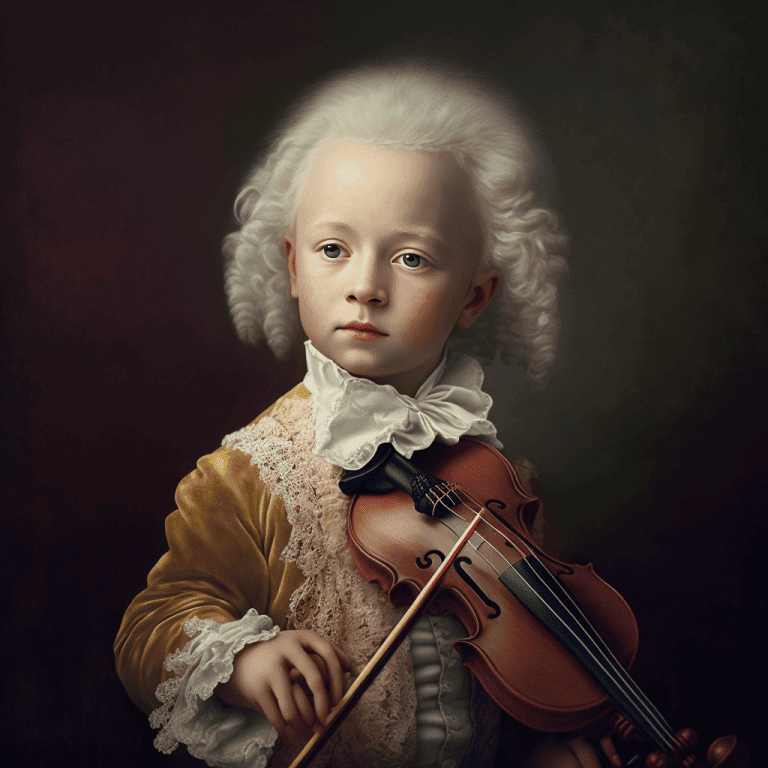
Antonio Vivaldi came from a musical family. His father, Giovanni Battista, played the violin and introduced Vivaldi to music early on. Vivaldi learned to play the violin and studied composition. By the age of 15, he enrolled in a seminary. In 1703, Vivaldi became a priest, earning him the nickname “Il Prete Rosso,” or “The Red Priest,” due to his red hair.
Despite his clerical duties, Vivaldi focused on music. He composed many works during this time, including sacred music. His early compositions showed a deep understanding of musical forms and styles. Vivaldi’s education laid a strong foundation for his later success as a composer and performer.
Musical Career
Vivaldi’s musical career took off when he began working at the Ospedale della Pietà in Venice. This institution served as a home for orphaned girls. Vivaldi worked there as a violin teacher and conductor. He composed many concertos and orchestral works for the talented girls at the Ospedale, shaping his style and approach to composition.
Vivaldi’s early works primarily focused on instrumental music. He composed concertos for various instruments, showcasing his innovative use of melody and harmony. His compositions featured a lively and rhythmic style, which gained popularity among audiences. Vivaldi’s reputation as a composer grew, leading to commissions from various patrons.
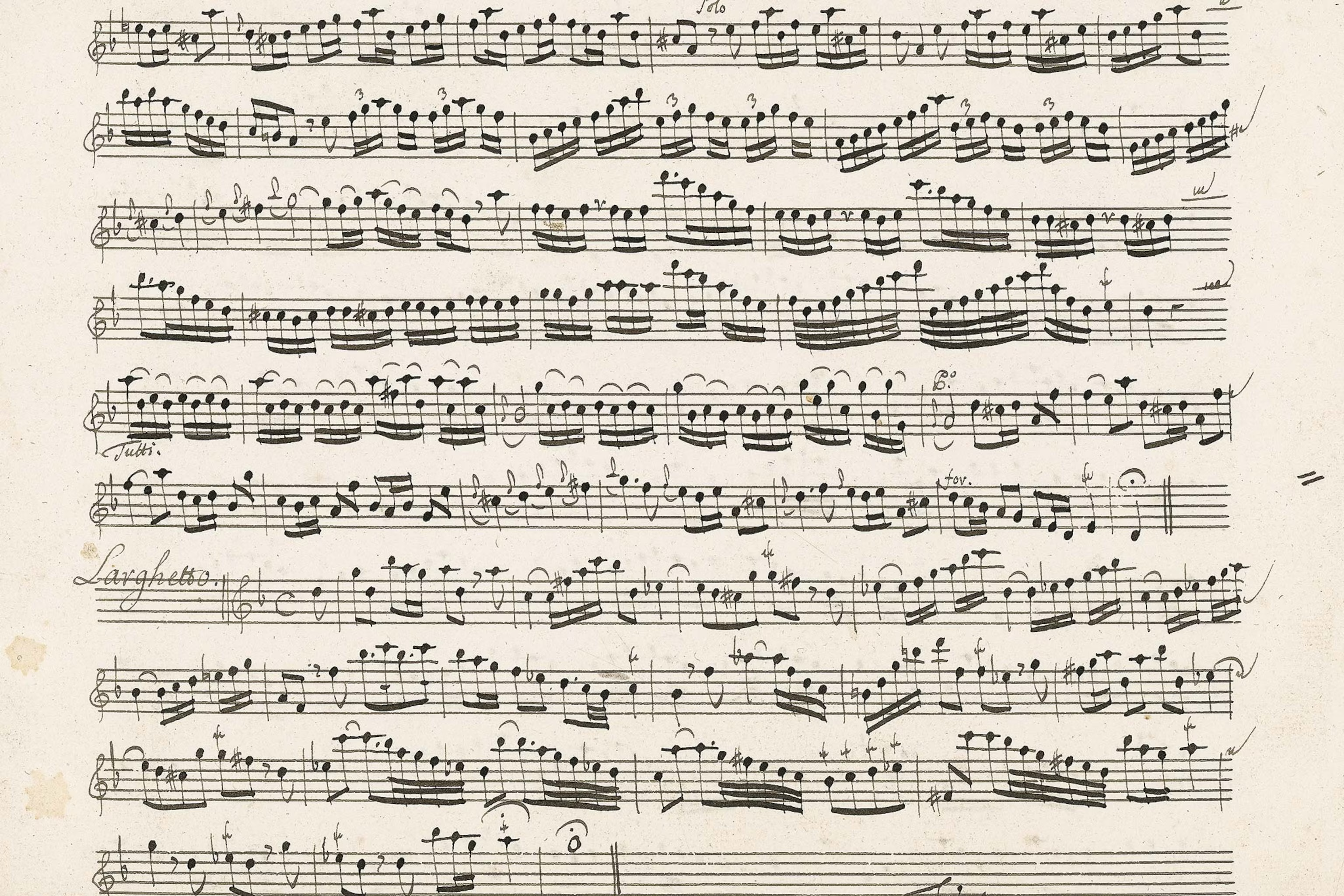
The Four Seasons
One of Vivaldi’s most famous works is “The Four Seasons.” This set of four violin concertos, composed in 1723, is based on sonnets that describe each season. Each concerto captures the essence of spring, summer, autumn, and winter through music.
Spring presents a lively and cheerful atmosphere, filled with the sounds of nature awakening. Summer conveys intensity, reflecting the heat and storms of the season. Autumn celebrates harvest festivities, while Winter portrays the cold and stillness of the season. The vivid imagery in the music makes “The Four Seasons” a timeless masterpiece.
Each concerto features three movements. Vivaldi’s innovative use of tempo and dynamics enhances the emotional impact of the music. The concertos are characterized by bright melodies and rhythmic drive. They exemplify Vivaldi’s ability to evoke imagery through sound.
Other Significant Works
In addition to “The Four Seasons,” Vivaldi composed many important works. His Concerto for Two Violins in A Minor, Op. 3, No. 8 exemplifies his collaborative spirit. This piece showcases the interplay between the two soloists, highlighting Vivaldi’s skill in creating dialogue between instruments.
Vivaldi also composed numerous sacred choral works, including “Gloria in D Major.” This lively and joyful piece remains a staple of the choral repertoire. Its uplifting melodies and vibrant rhythms make it a favorite among performers and audiences alike.

Another notable work is the “Concerto for Mandolin in C Major.” This concerto highlights Vivaldi’s ability to blend different musical styles. It features the mandolin as a solo instrument, showcasing its unique sound. Vivaldi’s innovative approach to instrumentation set him apart from his contemporaries.
Influence on Music
Vivaldi’s influence on music remains significant and far-reaching. His innovative use of the concerto form inspired many composers. Notable figures like Johann Sebastian Bach admired Vivaldi’s work and incorporated elements of his style into their compositions.
Vivaldi’s concertos often follow a clear structure, usually in a three-movement format of fast-slow-fast. This approach became a standard in Baroque music and influenced later composers. Vivaldi’s emphasis on melody and rhythm shaped the development of the concerto genre.
His music remains relevant today. Many contemporary musicians and composers draw inspiration from Vivaldi’s work. His compositions frequently appear in concert halls worldwide, captivating audiences with their energy and emotional depth.
Personal Life
Vivaldi’s personal life featured both success and challenges. He traveled extensively throughout Europe, gaining fame and recognition. He performed in cities like Vienna, Prague, and Amsterdam. However, he faced financial difficulties. Despite his popularity, Vivaldi struggled to secure steady income from his compositions.
In his later years, Vivaldi’s health declined. He moved to Vienna, hoping for new opportunities. Unfortunately, he passed away in 1741, largely forgotten by the music community. His death marked a low point in his legacy, but interest in his work revived in the 19th century, leading to a resurgence of his music.
Vivaldi’s Music Today
Today, Vivaldi’s music enjoys celebration and wide performance. His compositions have become essential to the classical repertoire. “The Four Seasons” remains one of the most recognizable pieces in classical music. People frequently feature it in films, commercials, and other media. The enduring popularity of Vivaldi’s music speaks to its universal appeal.
Various recordings and performances of Vivaldi’s works are available. Many orchestras and ensembles specialize in Baroque music, keeping Vivaldi’s legacy alive. Additionally, educational resources, such as books and online courses, allow new generations to explore his music.
Vivaldi’s influence extends beyond classical music. Many contemporary musicians sample his works, demonstrating his lasting impact on the music world. Many modern musicians draw inspiration from his melodies and harmonies, blending them with new styles.
Conclusion
Antonio Vivaldi’s life and music reflect the spirit of the Baroque era. His contributions to the world of classical music remain invaluable. Through his innovative compositions, Vivaldi changed the landscape of instrumental music. His ability to convey emotion and imagery through sound set him apart from his contemporaries.
Despite facing challenges, Vivaldi’s legacy endures. His works continue to be performed and appreciated worldwide. As a composer, he remains a vital figure in the history of Western music. Vivaldi’s music serves as a testament to his creative genius and lasting influence on generations of musicians and listeners.

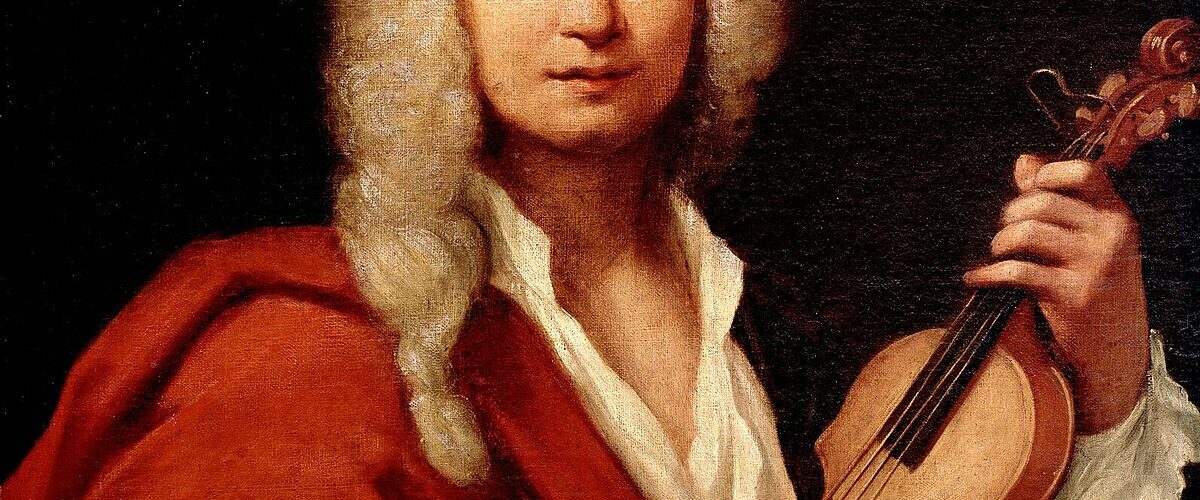
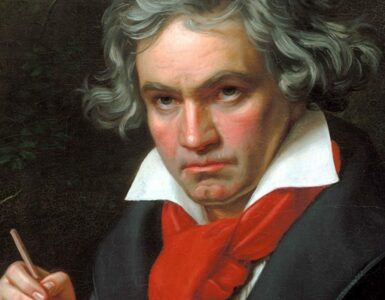

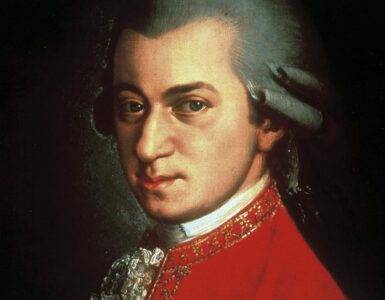
Add comment